Xiaomi made a $100 mechanical keyboard with Cherry MX switches, and it's fantastic
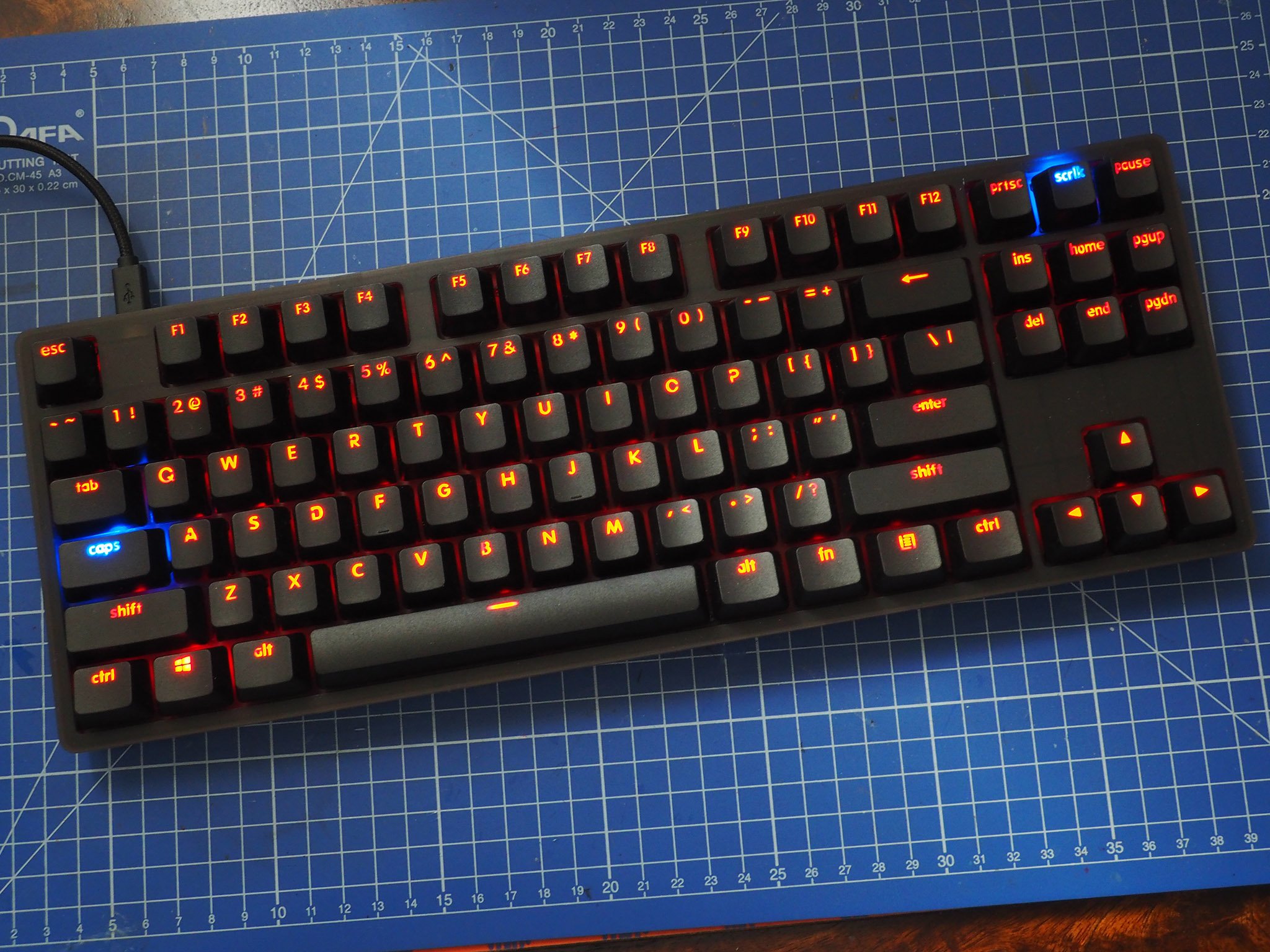
Xiaomi sells over 2,000 products in its home market, collaborating with local vendors to create a vast ecosystem of lifestyle products. The list of products on sale at Mi Home stores in China include the likes of robot vacuums, smart shoes, affordable smart lights, smart weighing scales, and even luggage.
AC
Score
5
A more recent entrant to the list is the mechanical keyboard, which is notable for its styling. The official name of the keyboard is the Yuemi MK01B, and like the rest of the products in Xiaomi's portfolio, there's plenty to like here.
The keyboard has red LEDs, Cherry MX Blue switches, and an aluminum construction that gives it durability. Let's take a look at what it has to offer.
How are mechanical keyboards different?
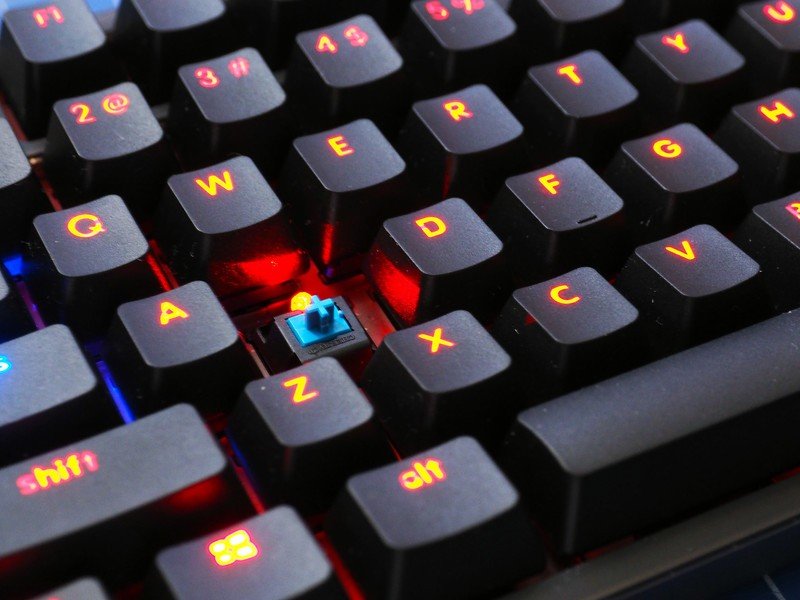
Most keyboards sold today come with rubber dome switches, which use a membrane and have to be pressed all the way down for a keystroke to register. Mechanical keyboards, however, have a physical switch underneath the keycap, leading to a higher actuation point. What that essentially means is that you don't have to press the key all the way down on a mechanical keyboard.
Get the latest news from Android Central, your trusted companion in the world of Android
As such, mechanical keyboards let you type faster and more accurately, and you get a much better tactile feedback. There are a wide variety of switches available as well, and you can tailor your tying experience based on your preferences. Furthermore, mechanical keyboards last much longer than regular membrane keyboards, with the average Cherry MX switch rated for up to 50 million keystrokes.
Xiaomi mechanical keyboard review
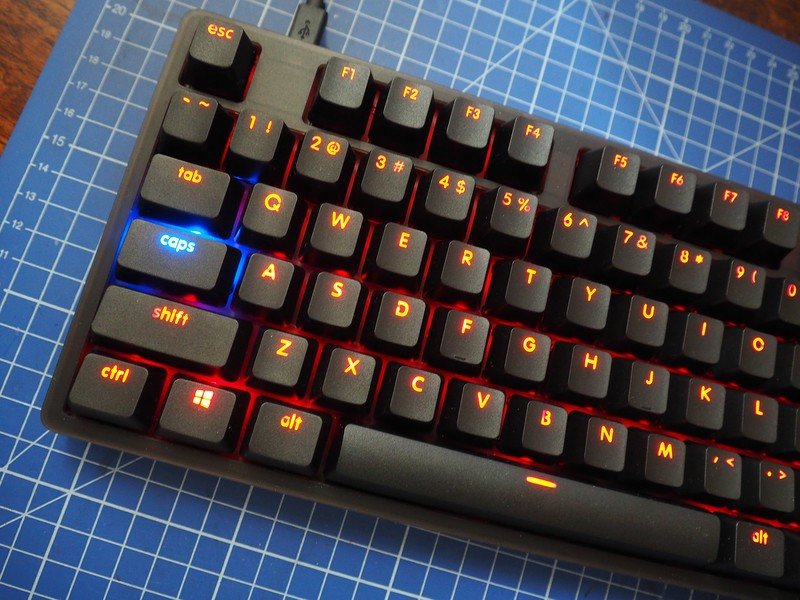
The Yuemi MK01B features 87 keys, and the minimalist design makes it seem like a product designed by Apple and not a Chinese brand. In fact, Xiaomi sells a white version of the keyboard with Cherry MX Red switches that pairs very well with an iMac or MacBook.
The compact design and sturdy build quality, coupled with the matte black color scheme and red LEDs make the MK01B a great addition to your gaming setup. Every key has a red LED above the switch, and you can adjust the level of the LEDs with the Fn key located at the lower right corner (there are six presets available).
Three keys — Windows button, Caps Lock, and Scroll Lock — also have a blue LED that toggles the color to blue when enabled, giving you a quick visual indicator that the key is active. The white variant comes with white LEDs, and the three keys as mentioned above feature a red LED.
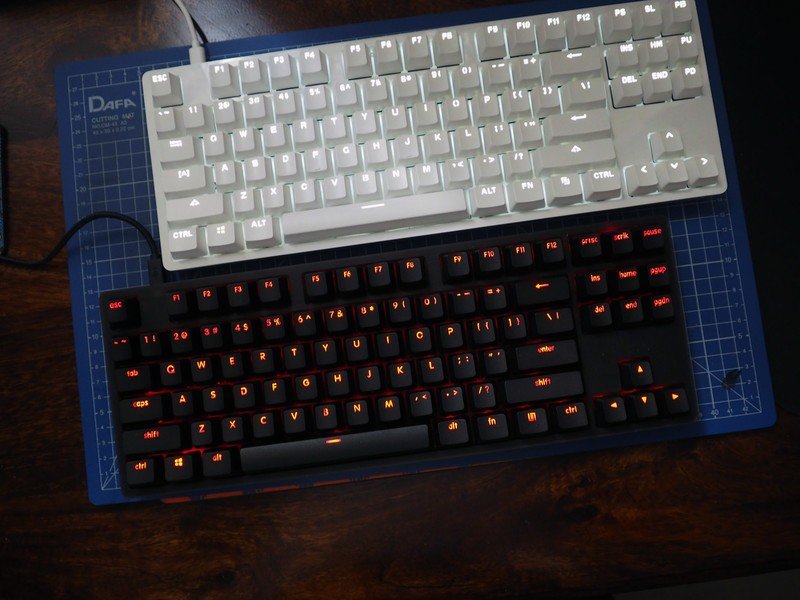
There are barely any bezels on the sides, making the keyboard great for portability. With dimensions of 35.80 x 12.80 x 3.16cm, it should easily fit into most gear bags. Round the back, the design is reinforced by an aluminum backplate that adds rigidity, with the overall weight at 940g. There are rubber feet at the back that prevent the keyboard from sliding around on your desk, and the two rubber feet raise the keys by 4cm.
It has a six-layer design, and the keys themselves are made out of polycarbonate and ABS resin. The MK01B is a wired keyboard, but it comes with a detachable braided cable that connects to the microUSB cable on the top left corner. The keyboard itself doesn't need any drivers, and installation is as easy as plugging in the microUSB cable and connecting the USB port to your computer.
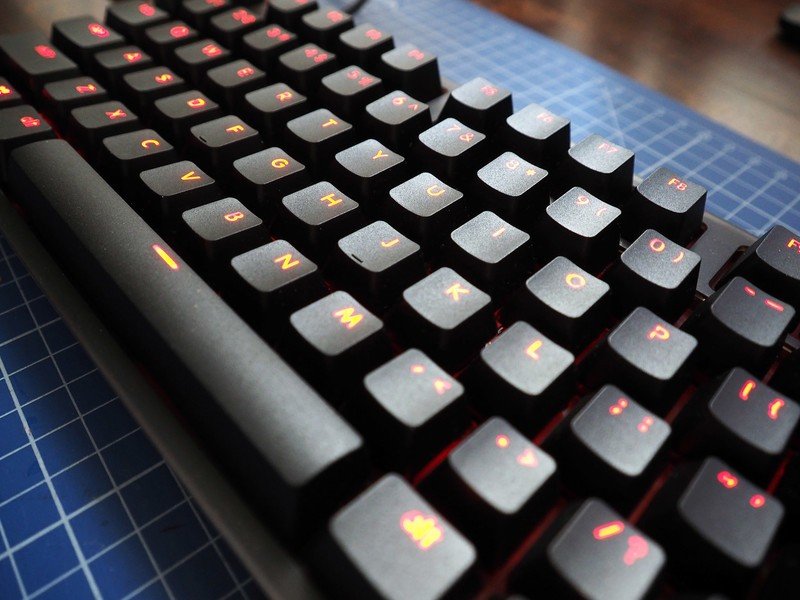

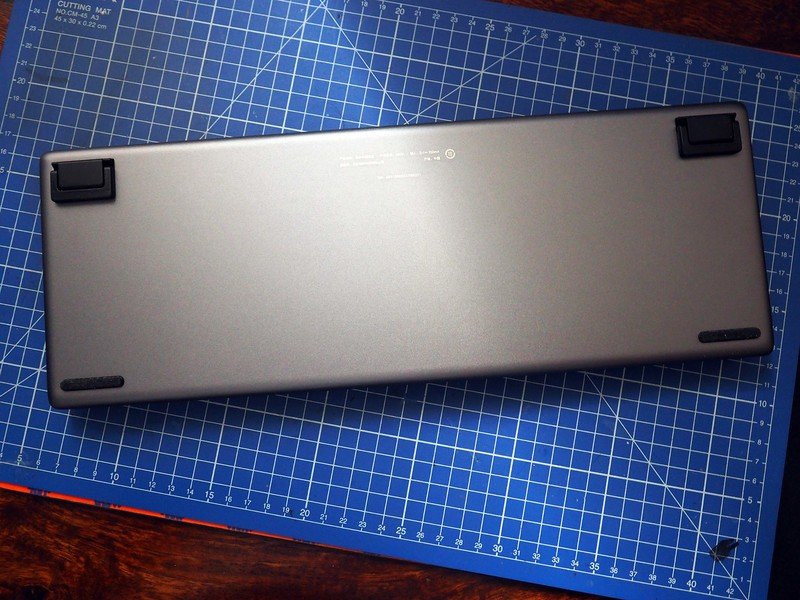
Earlier variants of the keyboard came with a TTC Red switch, which was a Cherry MX Red knockoff. Thankfully, with the MK01B Yuemi has started offering authentic Cherry MX switches. The black variant of the board comes with Cherry MX Blue switches, and the white version offers MX Red switches.
I've been using MX Blue switches for over six years, and they're a delight to use. The tactile feedback is unmatched, and it's just a lot of fun typing away on the keyboard. The one downside with Blue switches is that they get very loud, so if you're working in an office environment, you do run the risk of pissing off your co-workers.
The Blue switches require an actuation force of 50cN, but the Reds are relatively lighter and bottom out at 45cN. As such, the latter keys are preferred for gaming. Cherry makes a variety of switches for different use cases, so if you're interested in reading more, head here.
It would've made more sense for Xiaomi to offer MX Red switches with the black color option, as most gaming keyboards prefer the Red switch for its low actuation force. However, the black version is available with the MX Blue switches by default, and the white model is the only one with MX Red switches.
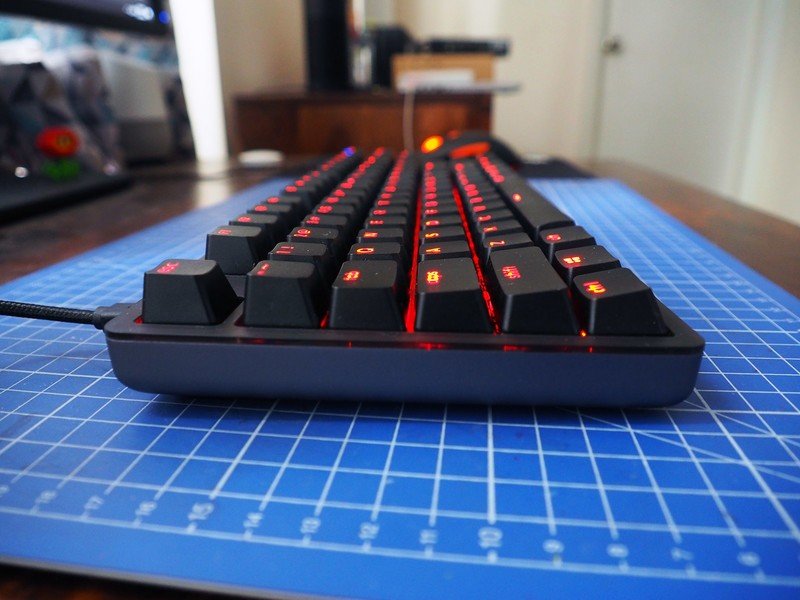
It takes a few days to get acclimated to a mechanical keyboard — particularly if you're coming from a membrane board — but once you get going, you'll wonder why you didn't make the switch sooner. At $100, The MK01B isn't certainly an affordable keyboard, but the build quality combined with the red LEDs and the MX Blue switches make it one of the better options out there.

Harish Jonnalagadda is Android Central's Senior Editor overseeing mobile coverage. In his current role, he leads the site's coverage of Chinese phone brands, networking products, and AV gear. He has been testing phones for over a decade, and has extensive experience in mobile hardware and the global semiconductor industry. Contact him on Twitter at @chunkynerd.
